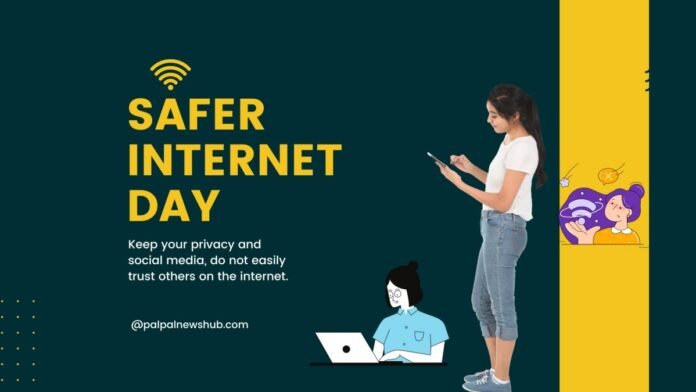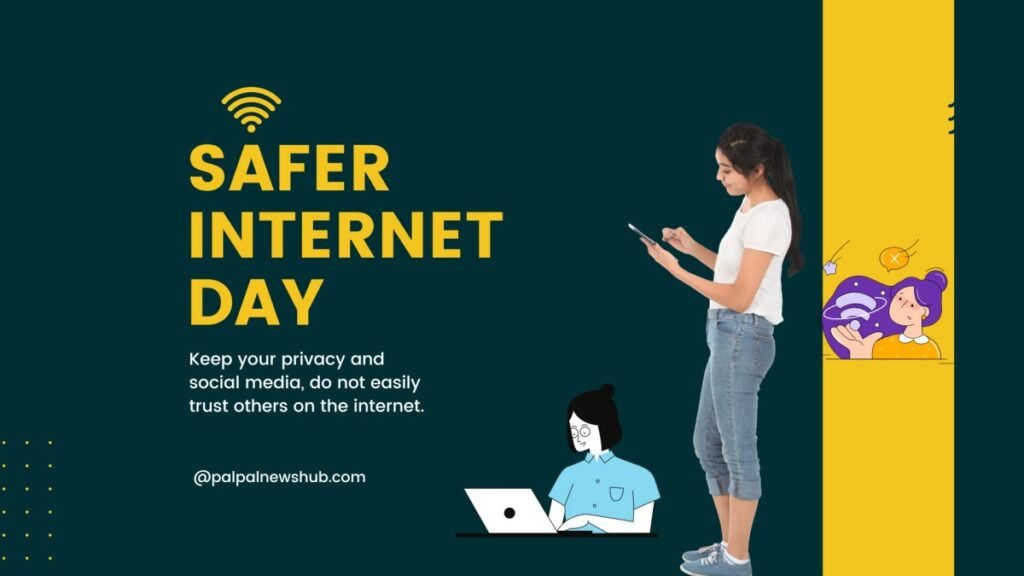
Safer Internet Day is an annual global event that aims to provide a better and safer internet experience for everyone, especially children and young people. The event is celebrated on the second day of the second week of February, which falls on February 6 in 2024. The event is coordinated by the Insafe/INHOPE network of European Safer Internet Centres, with the support of the European Commission, and involves participants from more than 160 countries across the world.
The purpose of Safer Internet Day is to raise awareness and educate people about online security concerns, such as cyberbullying, online grooming, sexting, phishing, identity theft, fake news, and hate speech. The event also encourages people to adopt positive online behaviors, such as respect, empathy, critical thinking, and digital literacy. The event also showcases the best practices and initiatives that are being taken by various stakeholders, such as individuals, families, educational institutions, corporations, and organizations, to promote online safety and digital citizenship.
The theme of Safer Internet Day 2024 is “Together for a Better Internet”, which emphasizes the need for collective action and collaboration among all Internet users and providers, to create a more inclusive, diverse, and respectful online environment. The theme also invites people to join the global movement of Safer Internet Day supporters, and to share their stories, ideas, and resources, using the hashtag #SID2024.
Why is the Internet important for children?
The Internet is an essential tool for children and young people, as it offers them a wide range of opportunities and benefits, such as learning, communication, entertainment, creativity, and socialization. The internet can help children to access information, to express themselves, develop skills, explore their interests, and connect with others. The Internet can also support children’s well-being, empowerment, and participation in society.
However, the internet also poses some risks and challenges for children and young people, as it exposes them to various forms of online harm and abuse, such as cyberbullying, online grooming, sexting, phishing, identity theft, fake news, and hate speech. These online risks can have negative impacts on children’s physical, mental, and emotional health, as well as their social and academic development. These online risks can also violate children’s rights, such as their right to privacy, protection, education, and expression.
Therefore, it is important to ensure that children and young people have a safe and positive internet experience and that they are equipped with the necessary skills and knowledge to protect themselves and others from online dangers, and to make the most of online opportunities.
How to make the Internet safer for children?
There are several ways to make the internet safer for children and young people and to prevent and respond to online risks and challenges. Some of the key strategies are:
- Educating children and young people about online security concerns, and teaching them how to recognize, avoid, and report online threats and incidents. This can be done through formal and informal education, such as school curricula, workshops, campaigns, and peer-to-peer learning.
- Empowering children and young people to adopt positive online behaviors, and to respect themselves and others online. This can be done by fostering a culture of digital citizenship, which involves values, skills, and attitudes, such as respect, empathy, critical thinking, and digital literacy.
- Engaging children and young people in the design and development of the internet, and ensuring that their voices and opinions are heard and valued. This can be done by involving them in the policy-making and governance processes, and by creating platforms and spaces for their participation and feedback.
- Supporting children and young people who are affected by online harm and abuse, and providing them with appropriate care and assistance. This can be done by offering them counseling, legal, and medical services, and by referring them to the relevant authorities and organizations.
- Collaborating with all the stakeholders, such as parents, teachers, social workers, law enforcement, internet service providers, content creators, and civil society, to create a safer and better internet for children and young people. This can be done by establishing partnerships, networks, and coalitions, and by sharing resources, best practices, and experiences.
What can you do to celebrate Safer Internet Day?
Safer Internet Day is a great opportunity for everyone to join the global movement of Safer Internet Day supporters, and to contribute to the creation of a safer and better internet for children and young people. There are many ways to celebrate Safer Internet Day, such as:
- Organizing or attending events, activities, and campaigns, such as workshops, webinars, quizzes, competitions, and exhibitions, that raise awareness and educate people about online security concerns and positive online behaviors.
- Creating or sharing content, such as videos, podcasts, blogs, posters, and memes, that showcase the online opportunities and challenges, and that inspire people to take action and make a difference.
- Joining or starting conversations, discussions, and debates, on social media, online forums, and chat rooms, that explore the various aspects and dimensions of online safety and digital citizenship, and that exchange views and opinions with others.
- Taking or making pledges, commitments, and promises, that express your support and solidarity for the Safer Internet Day cause, and that demonstrate your willingness and readiness to make the internet a safer and better place for everyone.
You can also visit the official website of Safer Internet Day, www.saferinternetday.org, to find out more information about the event, and to access the resources, materials, and tools, that can help you to celebrate Safer Internet Day in your way. You can also follow the social media accounts of Safer Internet Day, and use the hashtag #SID2024, to stay updated and connected with the Safer Internet Day community.






































